 June 2015
Lunar Mission One: crowdfunding endeavour and drilling on the Moon
June 2015
Lunar Mission One: crowdfunding endeavour and drilling on the Moon
... capsules, which could survive around a billion years. The principal aim of the mission is to drill into the lunar south pole. Years of preparation work followed, examining the cost case for the mission, developing a consumer product that...
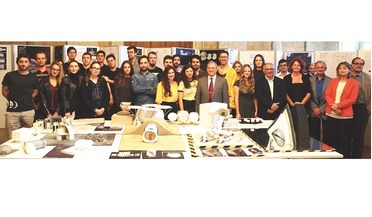 August 2019
Architectural challenges of a Moon village
August 2019
Architectural challenges of a Moon village
... the food laboratory is less protected to test radiation conditions on growing plants. The food lab is located at the lunar south pole, near Shackleton crater. It accommodates between five and ten individuals, each of whom will stay for approximately...
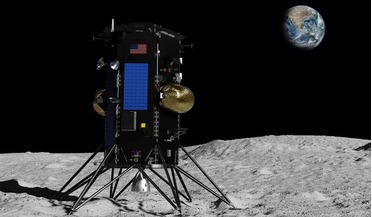 31 December 2021
Space missions to watch out for in 2022
31 December 2021
Space missions to watch out for in 2022
... due to "problems" encountered with the spacecraft landing system during crucial tests. Due to land near the lunar south pole, its two primary scientific objectives of the mission are to study the composition of the polar regolith, and...
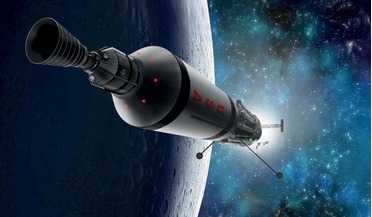 January 2018
Creating a viable cislunar economy
January 2018
Creating a viable cislunar economy
...freed from its resource constraints. Shackleton crater near the south pole of the moon. True illumination on the right. ...reusable in-space transport system. Shackleton Crater is near the lunar south pole and not far from the Cabeus crater where a ...
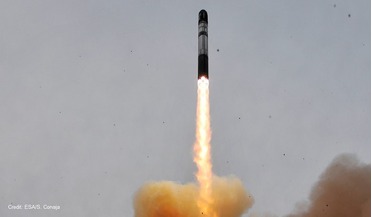 October 2015
Russian business: a long road to the stars for private space initiative
October 2015
Russian business: a long road to the stars for private space initiative
... launches within five years to support it. We want to build the first Moonbase on the Malapert mountain, close to the lunar south pole. It has good conditions for communications and gets a lot of sunlight. Nearby craters could potentially contain ice...
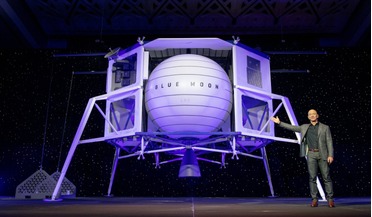 10 May 2019
Bezos unveils Moon mission with Blue Moon lander
10 May 2019
Bezos unveils Moon mission with Blue Moon lander
... crater receive almost perpetual sunlight, making it a useful locale in which to top-up solar powered cells, the lunar south pole is also believed to contain large deposits of water ice. Depending on its availability, the water-ice could conceivably...